Adding the silicon in the Silicon Valley of India – story of Shivananda Koteshwar
Shivananda Koteshwar is the General Manager and Director at MediaTek, one of the largest fabless semiconductors companies in the world. An author and a philanthropist, he’s our Techie Tuesdays’ star of the week.
Shivananda Koteshwar (referred as Shivoo) starts his day in office at 6:30 am. That has been the case for almost two decades now. Recently, he stopped eating lunch and survives on breakfast and frequent snacks. He drives Tata Xenon, a pickup truck. He says,
You can't make me sit on a beach and say enjoy. I can't sit there for more than three minutes.
A bundle of energy, Shivoo is probably one among the very few with such an approach to life . This involves working tirelessly with extremely high discipline and an inexhaustible drive for doing things. While he gave more than two decades of his life to VLSI, he is still learning. Quite literally. He’s pursuing PhD in Bengaluru along with learning AI and ML. Besides, Shivoo gives away a lot of earning to his trust through which he supports a school providing free education to kids from nearby areas.
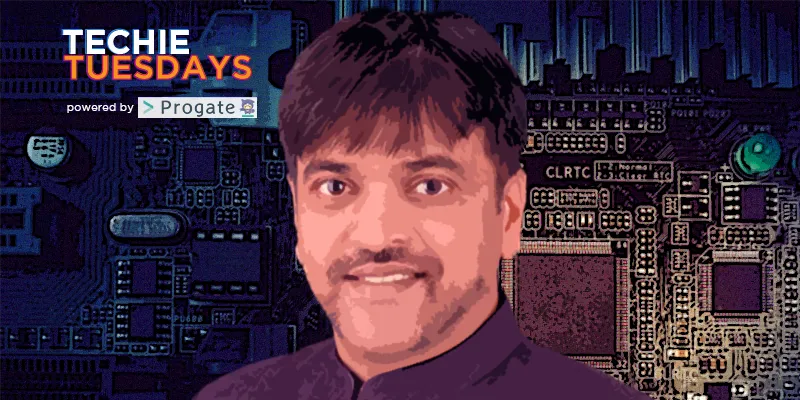
If you’ve travelled to Bengaluru or anywhere nearby, chances are high that you’ve paid a visit to Shivoo’s uncles. How? Remember having your breakfast or the filter coffee at any of the darshinis in Bengaluru? These are owned by Shivoo’s family and relatives mostly.
It has been quite a ride for Shivoo to reach where he is today. Read his story in this week’s Techie Tuesdays.
Typical South Bangalorean childhood
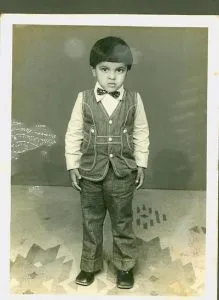
Born and brought up in Bengaluru, Shivoo had a typical South Bangalorean childhood which starts with SSVM school and then leads to either the Vijaya High School/college or the National High School/college. For Shivoo, it was Vijaya High School.
It was his mother who got Shivoo interested in Mathematics — she was among the top-ranking students in her class X exam and was excellent at Maths. Even Shivoo’s grandmother, who didn't go to school, had an extraordinary knack for Maths. Shivoo recalls,
I remember watching cricket matches in 1970s and 80s when there wasn't data available like today. Sitting and chewing tobacco, my grandmother could tell you averages of all cricket players. Such was her memory and skill.
Shivoo grew up in a joint family with both his mother's and father's family staying together. His family is made of hoteliers; the New Meenakshi Bhawan in city market, one of the biggest hotels in Bengaluru those days, was owned by Shivoo’s father. Shivoo says,
Any bus stand hotel which starts with Raghavendra Bhawan is my uncle’s.
Reminiscing his childhood days, he says, “Anybody (relative) who couldn’t get a job came to my house, worked in our hotel as a cashier, established himself as a businessman, and moved on.”

Till class XII, Shivoo didn’t know about IIT, and he appeared for CET (which was introduced just a couple of years ago in 1989). Even though he did well in board exams, he didn't fare well in CET and could only manage to get admission at the Malnad College of Engineering, Hassan, where he studied Electronics and Telecommunications Engineering.
Also read - Ajay Shah — the 'bit player' in the Indian financial reforms
Teaching – the best way to learn
Shivoo started off well at college but performed relatively poor in the third semester. He remarks, “I didn't know how to balance studies and friends."
Nevertheless, he got back on track in the next semester, and by this time he knew the ropes of taking an examination. He adds, “I used to study for 70 (marks) and get 68. I could predict the questions of the examination. I could beat the system very well. So, my acquisition of knowledge in those four years wasn't very high. I learnt it much later in life.”
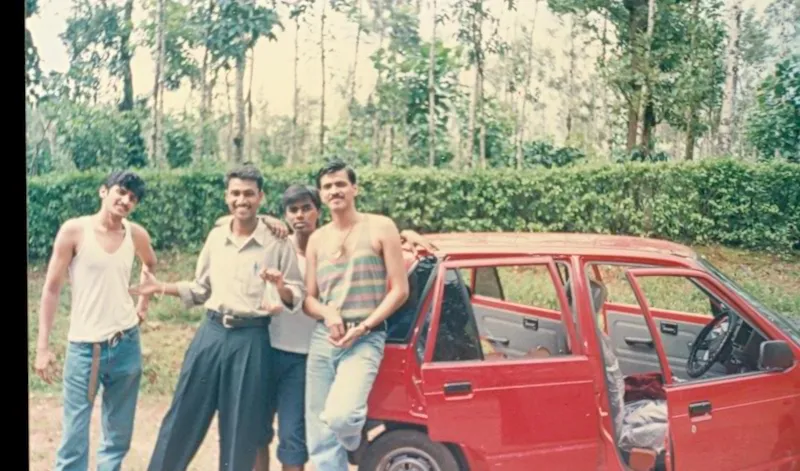
Shivoo soon found himself teaching third and fourth year IP, Mechanical and Civil Engineering students while still being in the second year. For him, teaching was the best way to learn. He got introduced to VLSI only in his final year — he loved it as he could see the application of whatever he learnt in the first three years. Also, in that year, he took up a highly technical project on Digital Signal Processing (DSP) along with four other students.
Shivoo was free to choose his career but his father once said to him – “Do whatever you want to do and if it doesn't work out, our hotel is there.” This thought, however, was scary for Shivoo who didn’t want to work at the hotel. The very thought pushed him to work harder and escape this impeding fate.
Job #1 — Implementation
In his final year, Bosch was the only company which came to the college for placements, and Shivoo missed the interview since he didn't know about it. He came back to Bengaluru and started applying for jobs and later joined Arcus Technologies. Arcus was one of the first VLSI services companies in India. It was a design service company for big companies such as LG, Toshiba. Since Shivoo was not interested in programming, he didn't take the front-end tech role. Instead he took up the implementation part. He explains,
Implementation in chip design is skill-based role and you get outdated in a year or two if you don't upgrade yourself and stay up to date with tools. Those two to three years, I almost stayed in office all the time. It was fun to work like a dog.
In those days, Tcl and Perl programming language was majorly used for scripting in the VLSI world. Cadence tools were numero uno in the market for VLSI and Shivoo’s company used them. The biggest challenge in chip implementation is technology node. When Shivoo worked in Arcus Technologies, the industry moved from 0.8-micron to 0.5-micron chip called Deep Sub Micron (DSM). At that time, it was new in India. Fundamental blocks used to design a chip called library (gates, flip-flops, etc) weren't there in 0.5 micron. Shivoo and his team had to shrink these (libraries) for the DSM chip manually without losing its functionalities. Shivoo adds,
You have to be good in fundamentals, know electronics and digital logic very well and have skills to use the tool. We knew the functionalities quite well so we could perform better than tools. We were able to challenge algorithms powering the tool. Very soon there were tools with these features. But there were no tools to capture the user expertise and put it as a part of feature in the tool. Tools were not self-learning then.
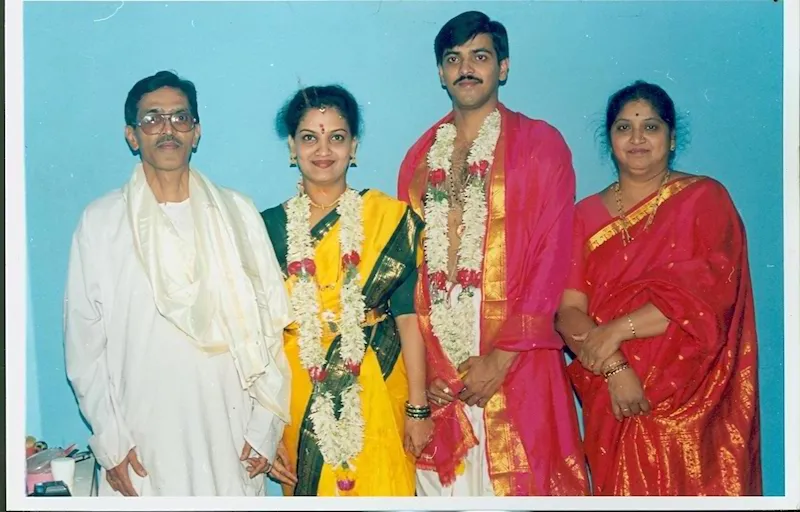
Moving on – to the next phase and to a new country
When Arcus split into Arcus and Armedia, Shivoo stayed in Arcus because of the people he liked working with. Sometime later, he left the company to join GPS Usha which was designing chips for Plessey Semiconductors in India. The industry had shifted to 0.35-micron chips by then. That's when automation started coming in. Shivoo and others started scripting in SKILL programming language, trying to speed up the process, and increase the efficiency of the tools.
Until then, Shivoo had never thought of going to the US. He says, “We were three guys — one was good at front end, other at circuits (design), and I was good at backend (implementation). We said if any company hires all three of us, only then we'll go.”
CMOS Design offered job to all three in San Francisco and Shivoo decided to join. That was the first time he travelled outside India and the first time he travelled in a plane. In a funny turn of events, Shivoo also decided to shave his moustache for the first time, before landing in San Francisco. In his mind, this was his new beginning as a new being.
Related read - Meet Vasan Subramanian – CTO Accel Partners, India – the man with an everlasting itch to build tech products
A job in a job
At CMOS, Shivoo was asked to teach Verilog to some new joiners. Excited to know something new, he first learnt it and then taught the trainees. CMOS was a services company and Shivoo worked on a project of Sony in the beginning. But strangely, after a while, Shivoo was also asked to appear for some job interviews. He attended and cleared all of them, 33 to be precise. He says, “After selection, I had to select a suitable candidate (via recruiter) for that job from India and offer him as my replacement for the new job.” Shivoo got extra money for each interview, i.e. $1,000 per interview.
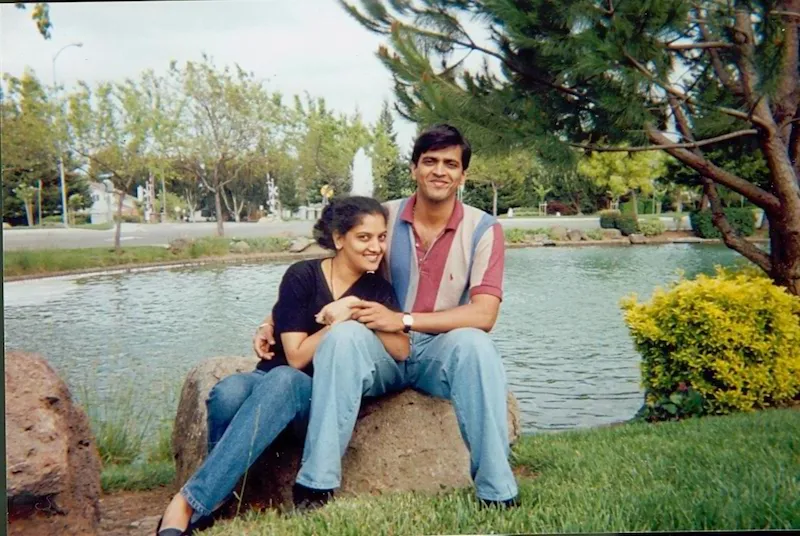
After Sony, Shivoo worked on projects at Synopsys where he used Shell Script and Perl programming. Simultaneously, he worked at another company on improving the productivity and quality of the tool. He checked false violations and categorised errors and warning of tools as well.
Shivoo wanted to work in-house in a company and go deep in one area. So, he joined Intel in Portland. He had made good money by then. At Intel, he realised that he needed to study for more than a mere undergraduation degree, so he pursued MS in VLSI at Oregon Health & Science University which was technically in his neighbourhood. He shifted to circuit design team at Intel.
At that time, Intel's biggest challenge was working on the 1 Ghz (processor) chip — one was for desktop and other for laptop. Entire industry was looking forward to it. Intel was competing with AMD then. Shivoo worked on its circuit design. Intel didn’t use Cadence/Synopsys tools and they developed their own tools. They wanted someone to transfer these features (from industry tools) in their tools. The tool worked primarily on how you start (called seed) because your end depends on that. Shivoo had done that manually and knew how tools worked. He says, “Our team was trying to optimise the circuit for the best parameters of that particular transistor to give good results. We played along with 280-300 parameters of the transistors to get the best out of them.”
Meanwhile, Shivoo finished his part-time MS course in nine months with good grades. He even joined MBA. His son was born around the same time and he started getting an urge to come back to India. People asked Shivoo not to give up on this opportunity of building a life in the US, but he had made up his mind. He wanted to join Intel but they didn't have chip design in India then. Finally, he got an offer from Sasken, India, and he resigned from Intel, Portland. But just a few days before his joining, Sasken told him that he’s required to work at Sony in the Bay Area. The whole thing dint make sense to him, so Shivoo took up a job at Synopsys in Portland and got a transfer to India.
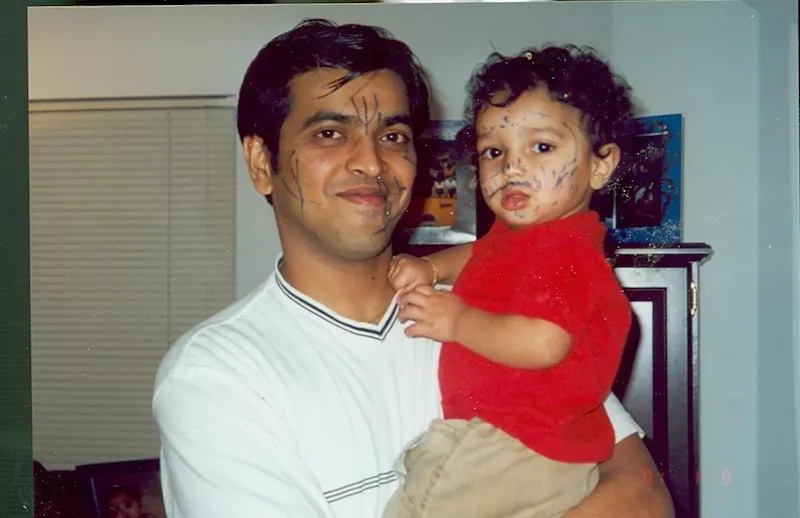
The 11-year stint at Synopsys
Shivoo worked at Synopsys for 11 years. He was hired for front end, but soon after his joining, he was needed in the backend team, known as the Corporate Application Engineering (CAE) team. The CAE is more like an extension of R&D and its job was to make sure that the R&D team didn’t release any tool with a bug. Shivoo started working with technology in a tool, then he climbed up to owning that tool, and finally he was heading the CAE. By this time, Shivoo was good at Verilog and E-Language and was a verifications specialist.
Synopsys' biggest customer was Texas Instruments (TI) and Shivoo and his team solved for their one of the biggest challenges — how to take advantage of the delay problem. Shivoo explains,
Whole circuit works on clock frequency. How can you use this delay, skew and do something else during that time? It was called useful skew. We developed entire technology for TI with our two engineers (who continue to work at Synopsys today).
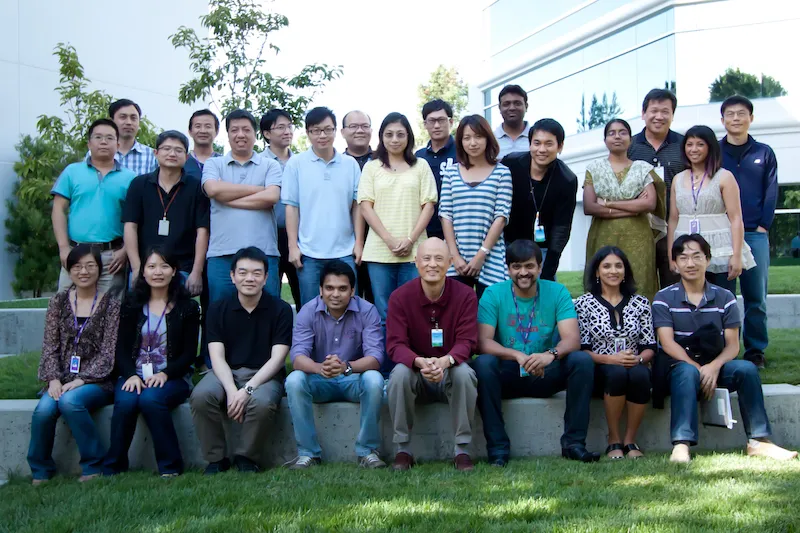
Shivoo emerged as a leader whom people trusted at Synopsys. It was the result of his faith in their capabilities. He never shied away from giving them due credit for their work. Even when they wanted other jobs, they shared it with Shivoo and he helped them as he didn't want anyone to stay in the company against their wishes.
At Synopsys, Senior Manager was the highest position in India and Shivoo reached there. He even got the Employee Excellence Award in 2010 which he always considers his retirement award. He then met the GM who asked Shivoo to consider being the Director of Synopsys in India. Thereafter, Shivoo ascended to the position of Director, Implementation Group at Synopsys.
You may also like - Story of a programmer who fell in love with Hindi poetry — Satish Chandra Gupta
The school and the new beginnings
When Shivoo’s friend wanted to set up a school in Sarjapur Road, Bengaluru, Shivoo decided to assist them with all help possible as it was something close to his heart. He told his VP at Synopsys that his involvement with this project wasn’t going to affect his work at office as the processes and systems were in place and four senior managers could manage it very well.
Few months later, Taiwanese tech giant MediaTek wanted to build a team in Bengaluru and they approached the VP of Synopsys for reference. The VP referred Shivoo as the best candidate for the job. By that time, the school was set up and Shivoo started working with MediaTek as a consultant. In a couple of months, the company said that they would open a centre in Bengaluru if Shivoo would join them. Otherwise, the idea was to have a small team of 10 individuals. Shivoo decided to do so as it also meant creating more opportunities for good VLSI engineers in Bengaluru.
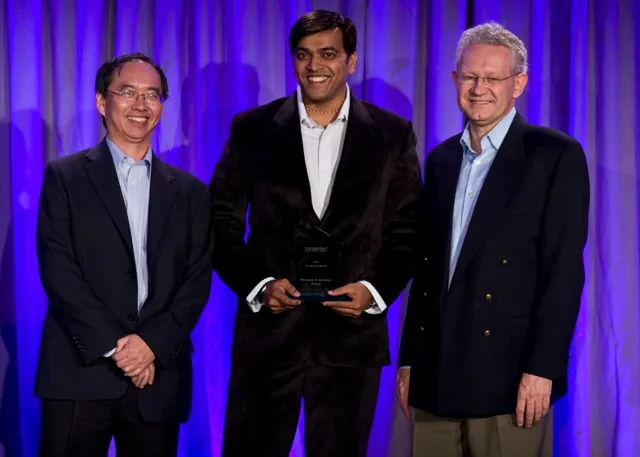
The chip behind Google Chromecast and Amazon Echo
In the beginning, the goal was to set up a 20-member team at MediaTek Bengaluru. Shivoo says, “The challenge was to convince the management to get more work because we had very good talent here.”
MediaTek works on a cutting-edge technology. They are one of the largest fabless (semiconductor) companies in the world. Not many people know that MediaTek designed the chip behind Chromecast and the one powering Amazon Echo. Its chips (processors) power more than 90 percent of smart TVs in the world and almost all the products inside your car — all the infotainment system has MediaTek processor.
Shivoo says,
MediaTek has a very strong Taiwanese culture — they are hardworking like the Chinese, deeply rooted in their families like the Japanese, and have the outlook of Americans. My biggest challenge was to find people who fit into the DNA of MediaTek. This DNA is the reason why the company is successful and can't be shaken up.
MediaTek in India primarily took projects in modem technology and smartphones (integration part and not the architecture). In the implementation side, they're primarily focussing on the home entertainment segment. In this segment, almost 60 percent of the project was done in India and this year almost 100 percent will be done in India.
MediaTek's core competency is not just the primary product but additional features as well. For example, making the chip bear the load of the features to improve the camera. The depth feature in the camera has to be handled by CPU. According to Shivoo, MediaTek’s core technology is its audio and video processing power. The company introduced the dual sim concept and memory card in the feature phone. It even designed a solution to increase battery performance by 30 percent. Shivoo says,
We are looking at associated technologies inside phone. We want to make better tech available and affordable for all. It's not a cheap solution. But it's making the solutions cheap.
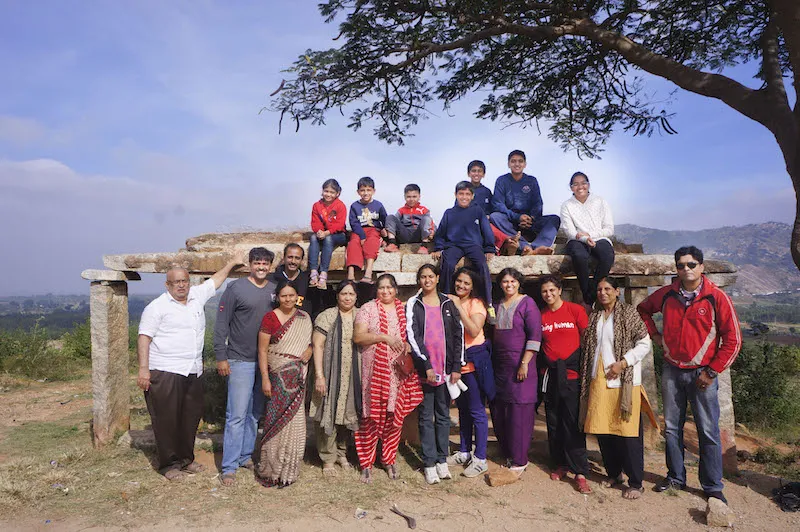
The semiconductor industry
According to Shivoo, for the semiconductor industry, the word ‘technical’ means something very different as compared to what it may mean to the software industry. He explains,
“It is more about how much you know about your customer, because anything you want to design has to be something valuable to the customer. You've to track the market, technologies, and customers. In this sector, dependency is extremely high as well. You may design a small component but if you don't get a likeminded person to use it and take the next step, you don't get anywhere. You also need almost $80 million for producing (R&D) one chip which means you've to sell quite a lot of chips (and thus the devices) to recover that cost.”
Shivoo also believes that the implementation work needs highly disciplined people. He adds, “It's like flying a plane. No matter for how many years you've been flying the plane, you've to go through the check list every single time. Cost of mistake is extremely high.”
Also read - How Akiba is cultivating the maker-hacker culture in the countryside
Hiring in the semiconductor world
According to Shivoo, each of the tasks in the VLSI industry need very specific technical skills. So, while hiring, skill is the main criteria. Companies want people who've done that kind of work and possess those skills. Other than that, the following two aspects are evaluated as well:
- Problem solving ability - What challenges did the candidate face in solving the problem and how did (s)he solve it?
- Discipline - Most of the chip design work needs discipline. It can be checked by the way he or she approaches the problem and how they structure the problem and its solution.
While hiring, Shivoo always think whether to automate a task or to have a human do that. If someone can automate a lot of routine task and save time, he goes with that person.
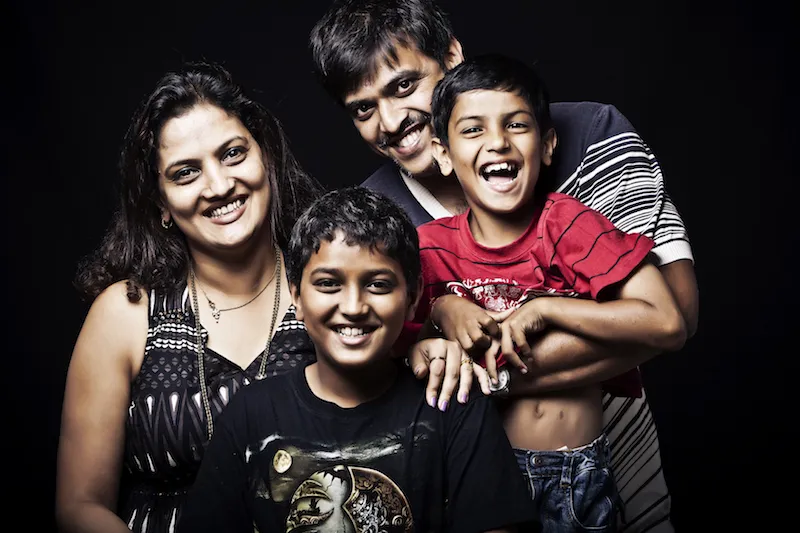
Shivoo Koteshwar – the author and the philanthropist
Gut plays an important part in decision making for Shivoo but he analyses the decision overall so as to take informed decisions. If it doesn't impact others, he takes it spontaneously without thinking much. He has bought land in 30 minutes and sold a house in one hour.
Shivoo is currently pursuing PhD and considers learning, trust and hard work as the virtues closest to him.
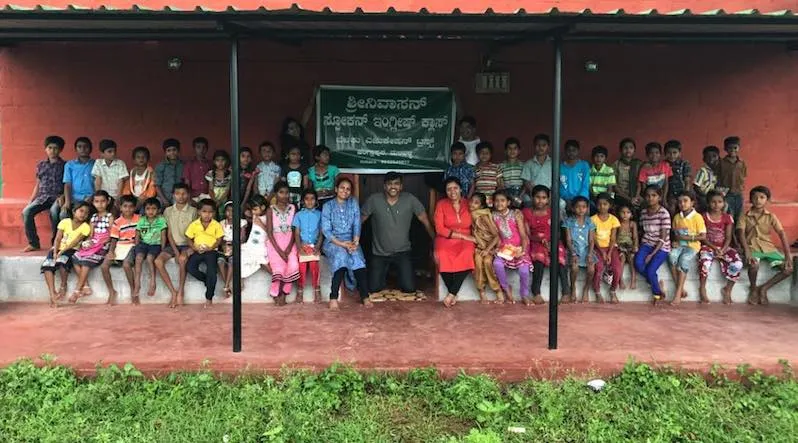
He wants to build a school which can support 700 students for free. All his earning goes to a trust right now. He’s also trying to raise money for the trust.
Shivoo has authored two books, based on hundred short stories on love and life. His second book 50 Colours of Love was published recently.
You can connect with him on Twitter and LinkedIn.
Trivia - Shivoo’s mother wanted him to be a doctor. But since he wasn’t interested, he wrote the answers for the multiple-choice questions without reading them, in the pattern ABCDABCD…. He still managed to score 40/60.







